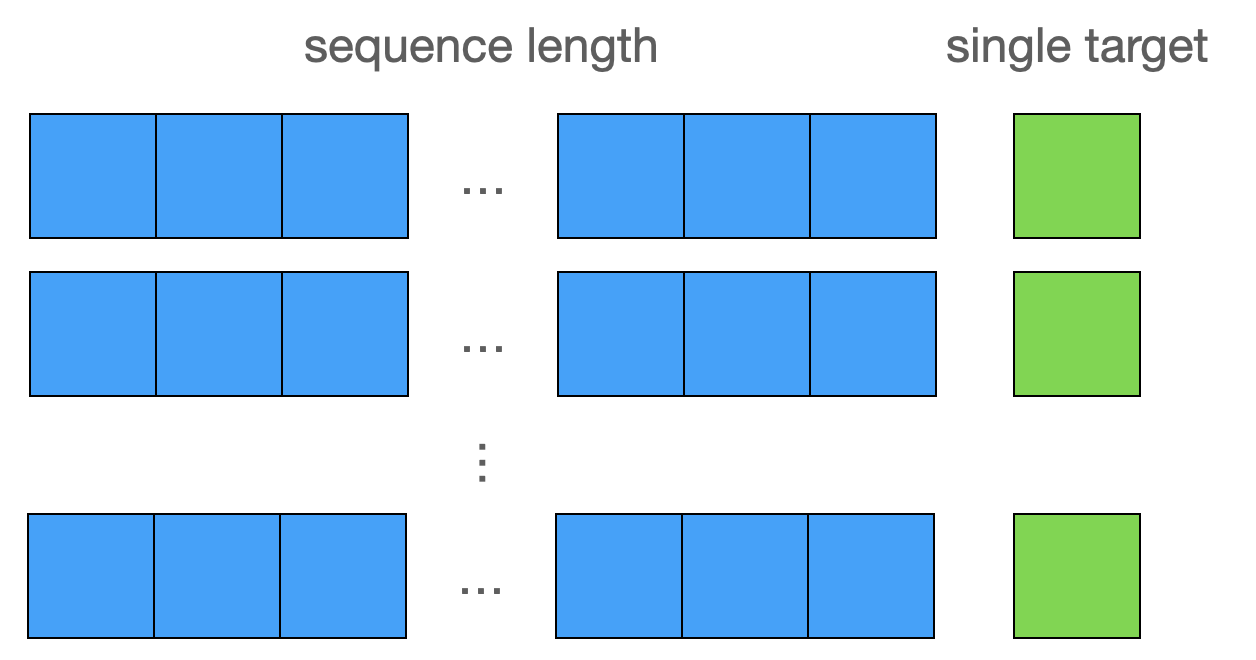Handling sequences with PyTorch
Intermediate Deep Learning with PyTorch

Michal Oleszak
Machine Learning Engineer
Sequential data
- Ordered in time or space
- Order of the data points contains dependencies between them
- Examples of sequential data:
- Time series
- Text
- Audio waves



Electricity consumption prediction
Task: predict future electricity consumption based on past patterns
Electricity consumption dataset:
timestamp consumption
0 2011-01-01 00:15:00 -0.704319
1 2011-01-01 00:30:00 -0.704319
... ... ...
140254 2014-12-31 23:45:00 -0.095751
140255 2015-01-01 00:00:00 -0.095751
1 Trindade,Artur. (2015). ElectricityLoadDiagrams20112014. UCI Machine Learning Repository. https://doi.org/10.24432/C58C86.
Train-test split
- No random splitting for time series!
- Look-ahead bias: model has info about the future
- Solution: split by time

Creating sequences
- Sequence length = number of data points in one training example
- 24 × 4 = 96 -> consider last 24 hours
- Predict single next data point

Creating sequences in Python
import numpy as np def create_sequences(df, seq_length):xs, ys = [], []for i in range(len(df) - seq_length):x = df.iloc[i:(i+seq_length), 1] y = df.iloc[i+seq_length, 1]xs.append(x) ys.append(y)return np.array(xs), np.array(ys)
- Take data and sequence length as inputs
- Initialize inputs and targets lists
- Iterate over data points
- Define inputs and target
- Append to pre-initialized lists
- Return inputs and targets as NumPy arrays
TensorDataset
Create training examples
X_train, y_train = create_sequences(train_data, seq_length)
print(X_train.shape, y_train.shape)
(34944, 96) (34944,)
Convert them to a Torch Dataset
from torch.utils.data import TensorDataset
dataset_train = TensorDataset(
torch.from_numpy(X_train).float(),
torch.from_numpy(y_train).float(),
)
Applicability to other sequential data
Same techniques are applicable to other sequences:
- Large Language Models
- Speech recognition
Let's practice!
Intermediate Deep Learning with PyTorch

